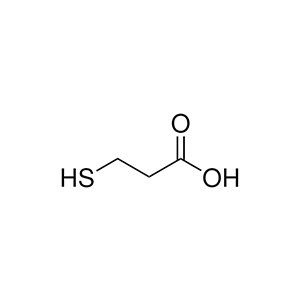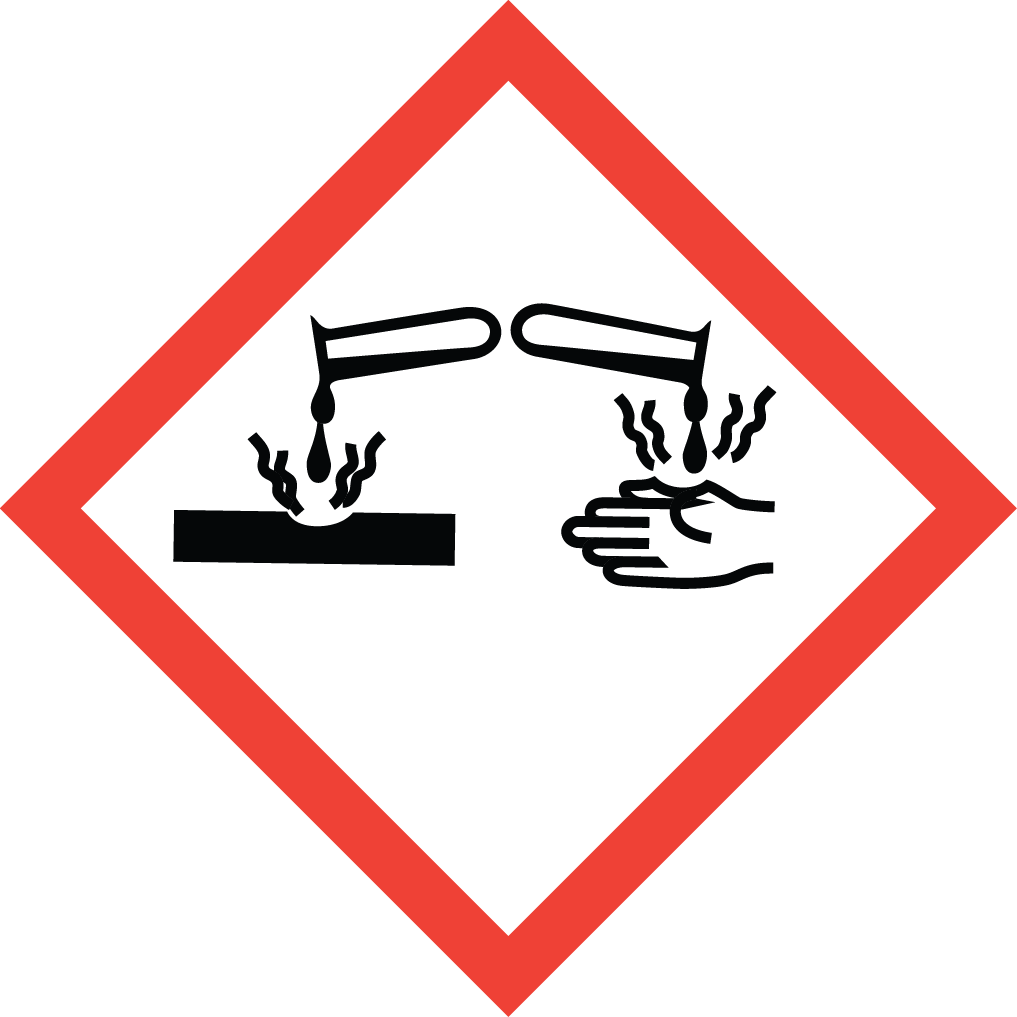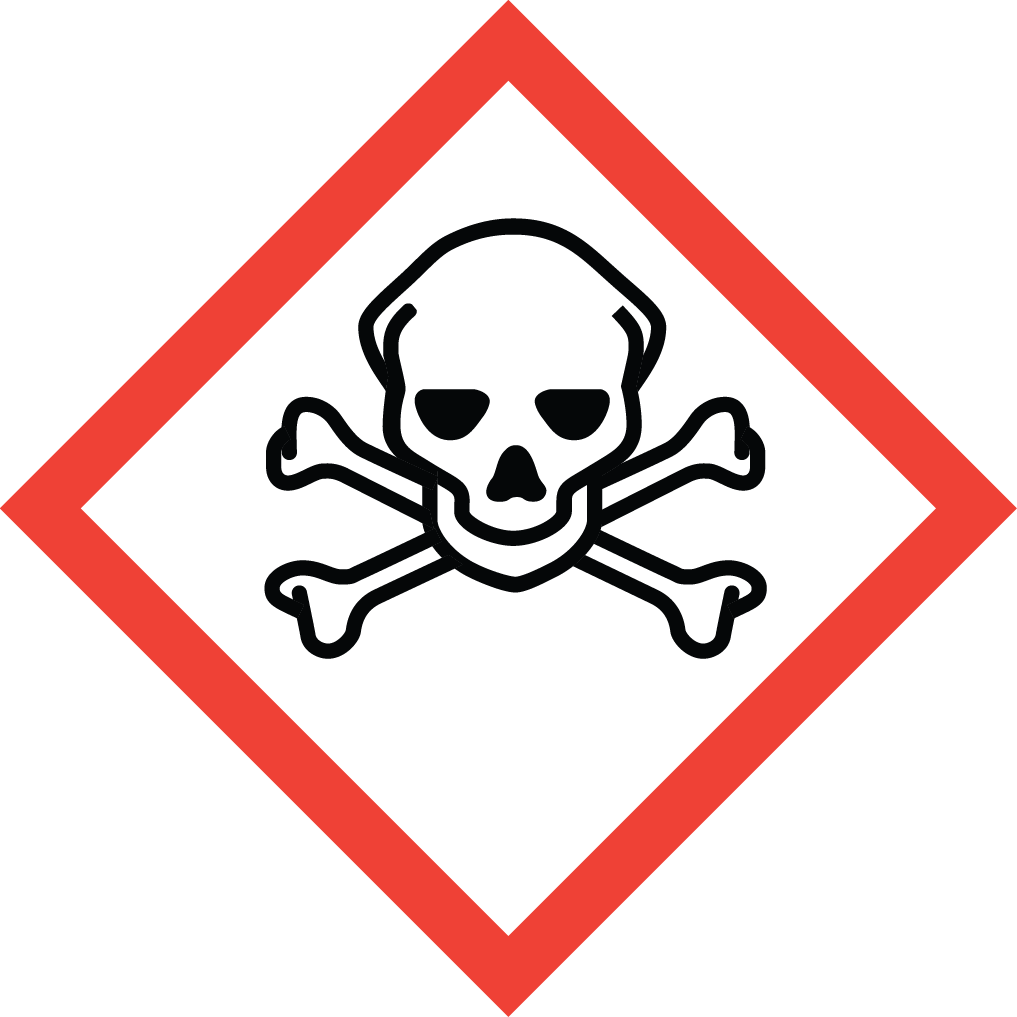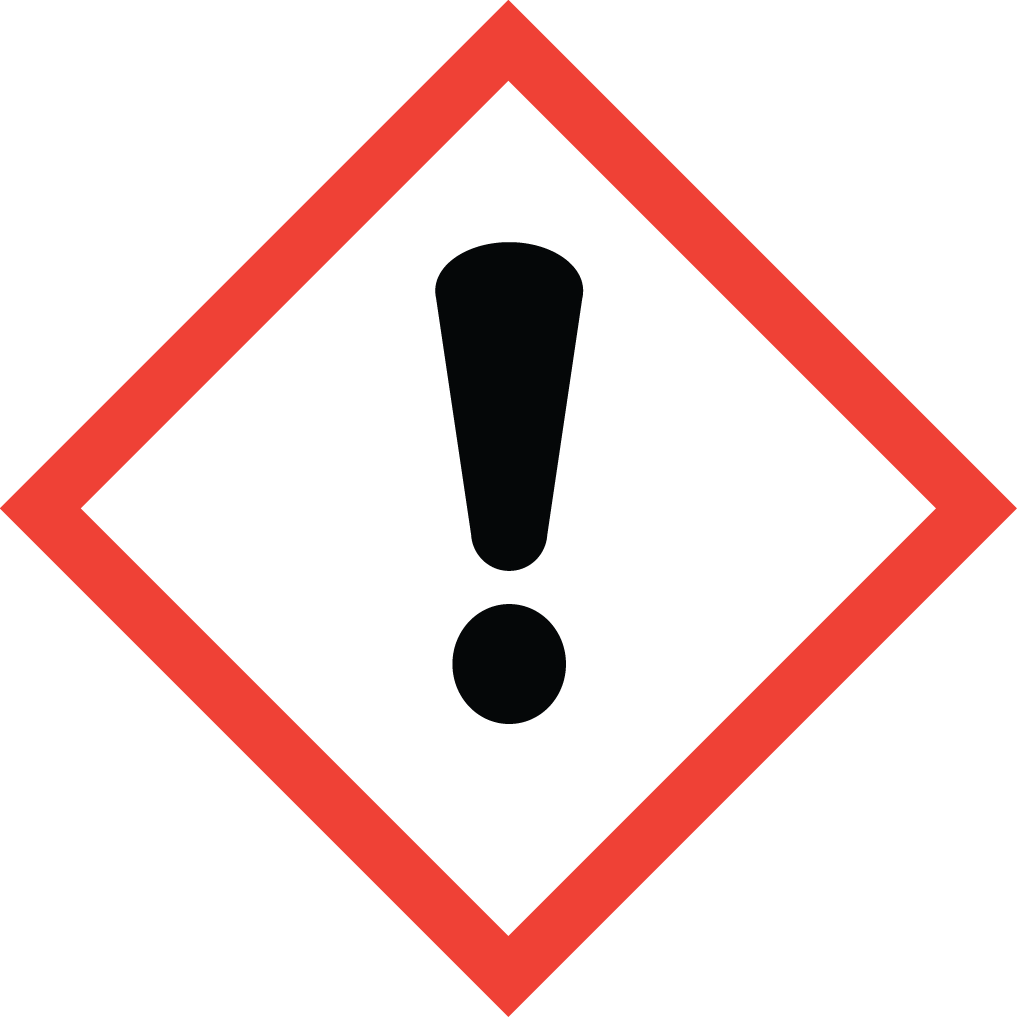Aure Chemical Delivers Excellence in High-Purity 3-Mercaptopropionic Acid (CAS 107-96-0)
Aure Chemical is a reliable global supplier of 3-Mercaptopropionic Acid (3-MPA), also known systematically as 3-Sulfanylpropanoic acid. This versatile organic compound, characterized by the presence of both a carboxylic acid and a thiol (mercaptan) functional group, exhibits unique reactivity and finds widespread use as a key intermediate and additive across various industrial and research applications. Its ability to act as a reducing agent and participate in thiol-based chemistry makes it an invaluable component in numerous syntheses.
Basic Information of 3-MPA
3-Mercaptopropionic Acid (CAS No. 107-96-0) is manufactured to meet stringent quality standards, ensuring high purity and consistent performance for your specific industrial and research requirements:
| CAS No.: | 107-96-0 |
|---|
| EC No.: | 203-537-0 |
|---|
| Linear Formula: | HSCH₂CH₂COOH |
|---|
| Molecular Weight: | 106.14 |
|---|
| Appearance: | Colorless to light yellow liquid with a characteristic pungent odor (typical of thiols). |
|---|
| Odor: | Strong, unpleasant, sulfur-like odor. |
|---|
| Melting Point: | 15-18 °C (lit.) |
|---|
| Boiling point: | 110-111 °C/15 mmHg (lit.) |
|---|
| Density: | 1.218 g/mL at 25 °C (lit.) |
|---|
| Solubility: | Soluble in water, alcohol, ether, and other organic solvents. |
|---|
| Flash Point: | 201 °F |
|---|
| Purity: | Corrosive liquid with a strong, reducing nature due to the thiol group. |
|---|
| RIDADR: | UN 2922 8,6.1/PG 2 |
|---|
| Chemical Structure: |  |
|---|
Our commitment to delivering high-purity 3-MPA ensures a reliable and effective reagent for your diverse chemical processes and research endeavors.
Primary Applications of 3-Mercaptopropionic Acid (3-MPA)
The dual functionality of 3-Mercaptopropionic Acid, featuring both a carboxylic acid and a reactive thiol group, drives its utilization in a wide array of applications:
Polymerization Regulator:
3-MPA acts as a chain transfer agent and polymerization regulator in various polymerization processes, controlling the molecular weight of polymers and influencing their final properties.
Antioxidant and Stabilizer:
The thiol group in 3-MPA allows it to function as an effective antioxidant, scavenging free radicals and inhibiting oxidative degradation in various formulations, including polymers and other susceptible materials.
Pharmaceutical Intermediate:
3-MPA is a crucial intermediate in the synthesis of numerous pharmaceutical compounds, often utilized to introduce sulfur-containing moieties into drug molecules, impacting their biological activity and pharmacokinetic properties.
Biocide Intermediate:
It serves as a precursor in the production of certain biocides and antimicrobial agents, leveraging the reactivity of the thiol group to create compounds with specific biological activities.
Surface Modification and Ligand Chemistry:
The thiol group readily binds to metal surfaces, making 3-MPA useful for surface modification in nanotechnology and materials science. It also serves as a ligand in the synthesis of metal nanoparticles and coordination complexes.
Specialty Chemical Synthesis:
3-MPA is a versatile building block for the synthesis of a wide range of specialty chemicals, including thioesters, thioethers, and other sulfur-containing organic compounds used in various industrial processes and research applications.
Why Choose Aure Chemical for Your 3-Mercaptopropionic Acid (3-MPA) Supply?
Aure Chemical is dedicated to providing superior chemical solutions and unparalleled customer support. By partnering with us for your 3-Mercaptopropionic Acid requirements, you benefit from:
Exceptional Purity & Consistency: Our 3-MPA is manufactured to high purity standards, ensuring reliable and effective performance in your sensitive applications and research.
Reliable Global Supply Chain: We maintain a robust and efficient supply network, guaranteeing timely and secure delivery of this specialized chemical to your facilities worldwide.
Expert Technical Support: Our team of experienced chemists and specialists is readily available to offer comprehensive guidance on product application, safe handling, and storage of 3-MPA.
Commitment to Quality & Safety: We adhere to the highest industry standards for quality management, safety, and environmental responsibility across all our operations, ensuring peace of mind for our clients.
Choose Aure Chemical for a trustworthy and dependable supply of high-quality 3-Mercaptopropionic Acid. We are ready to support your most complex chemical endeavors.
Hazards Classification
GHS Classification: Corrosive (GHS05), Acute Toxicity (GHS06), Irritant (GHS07)
Hazard Statements: Causes severe skin burns and eye damage; toxic if swallowed or in contact with skin; may cause respiratory irritation.
UN Number: UN 2922
Hazard Class: 8 (Corrosive Substances), 6.1 (Toxic Substances)
Packing Group: II
 GHS05: Corrosive
GHS05: Corrosive GHS06: Acute Toxicity
GHS06: Acute Toxicity GHS07: Irritant
GHS07: Irritant
